Small changes that make your fashion brand more ethical + sustainable
A lot of people want to be more aware of their environmental + social impact, but many don't know where to begin making positive change. Here's a few places to start....
The more I learn about the fashion industry, the more I find it hard to sleep at night. The industry is guilty of some of the most sickening + inhumane acts + most consumers are totally unaware, or shy away from learning the truth, because they too will find it hard to sleep. In addition, clothing manufacture is the second largest polluter on the planet. This post isn't about guilting you into things, but instead, talks about simple, inexpensive changes that you can make to your business to make it more ethical and/or sustainable. It accompanies last weeks post, which talks about why being sustainable is good for business, not just the environment (you can click here to read if you missed out).
The days of ethical brands being solely for hippies + stores filled with incense are long gone, nowadays, on the surface of things an ethical brand looks just the same as a 'regular' one, just without all of the unsavoury things that go on during production. Being sustainable or ethical no longer has to mean sacrificing on your aesthetic, there's sustainable fabrics made that can replace traditional ones + suppliers operating on all levels who adopt ethical practices. So, as a small business, what can you change to make your business more positive, without having to spend a fortune?
Use certified products + services
There's a lot of organisations around who monitor production + manufacture. By using companies who are certified by these organisations, you can make choices that are better for your business, without having to spend time and money getting things tested for yourself, this is particularly useful when choosing fabrics. If you see a fabric that has been certified, a quick Google search should be able to tell you more about the origins of the organisation + what the certificate means for you + your product. There's certificates for different purposes, for instance GOTS (The Global Organic Textiles Standard) focuses on the origins of fibres + raw materials + whether or not they are organic, whereas Fair Trade focuses more on ethics + workers rights.
Use organic, low water cotton
Although Cotton is a natural fibre, it is often labelled the world’s dirtiest crop + requires a huge amount of water to grow + often fertilisers are used, which are packed with harmful chemicals. Cotton is used for lots of products, such as t-shirts and jeans + the amount of water used to make one cotton tee + one pair of cotton jeans is the same amount of water consumed by one person in 3 years. 3 years!! The UN estimates that if things continue as they are, half of the worlds population will not have access to clean water by 2040. So, by choosing an organic cotton, which doesn't involve the use of chemicals + therefore doesn't pollute water, you're already making a positive change. Organic cotton is widely available + often certified by GOTS, or another similar agency. It's also possible to buy 'low-water' fabrics, which means that considerably less water has been used during the production process. You could also consider cotton alternatives, such as bamboo + modal, both of which have some lovely properties.
Use recycled polyester
If you've been watching the news lately, you'll know that the world has a huge problem with plastics, as they take hundreds of years to decompose + are clogging up our landfill sites. What you may not know is that that a lot of fabrics, including the commonly used polyester, are plastic based. The good news is, a lot of companies are now producing recycled polyester fabrics - some are even made from old fishing nets that have been collected from the sea. This is a great programme to back, as not only does it support recycling, but it also protects marine wildlife like turtles + dolphins from getting caught up in plastic. Recycled fabrics are available for a whole range of uses, from swimwear to sportswear, stretch t-shirt fabrics + cosy sweater fabrics. So, if you're thinking of using polyester in your range, it's best to look for one that uses recycled fibres.
The best part is that a lot of eco-friendly, sustainable fabrics don't cost as much as you think + are often a similar price to a good quality 'regular' fabric. Perhaps even better, most of the companies offering sustainable fabrics also allow small minimums, meaning that even small companies + startups can benifit. Comapnies like Offset Warehouse have a minimum order quantity of only 1m!
Limit the amount of packaging you use
Not only is using less packaging better for the environment, but if you're using less, you're buying less + therefore spending less. Also consider how you can recycle the packaging you do use - not only sending it off for recycling, but also reusing things (which also saves you money, as you don't have to buy new all the time!). For example, do you need to wrap your items up in a plastic bag and then put them in an envelope for sending, or could you just put them in the envelope? Do you actually need an envelope with bubble wrap, or could you use a regular envelope? Clothing isn't breakable, so it doesn't really need to be wrapped in air filled plastic. If you're worried about what you're shoppers might think, communicate with them. As long as they receive the items in good condition, they won't be bothered about what it arrives in + if they'll probably be happy if you tell them that you're trying to limit the waste you create, for environmental reasons.
Use recycled paper
A good way to help the environment is to limit the amount of documents you print off. Do you really need to print that sales report, or could you read it on screen? Do you need to enclose a printout of a customers order in a package, or could you send an email instead? If you do have to print, use recycled printer paper, which is inexpensive + widely available. If you're having business cards made, or other stationary, most comapnies offer a recyceld paper opeion + many can print with enviromnetally friendly ink + can avoid using techniques which make it impossible to reycyle the cards/flyers/etc,
Check the source of any fibres with animal origins
Many of us know about the barbaric practices of the fur industry, which causes millions of animals pain + suffering throughout their life, not just when it comes to the end (which comes in a horrific, dark ages torture style for many, including the 2 million dogs a year who die for fashion). But did you also know that a lot of fake fur is actually made from real fur + there are a lot of products that are made from animal parts, even things like jumpers? If you're using fake fur it's best to check the source thoroughly, as sadly a lot of retailers have been finding out that the fur they purchased as fake, is actually real, even large retailers like Amazon. Also, products like angora are made from 50million rabbits per year, in a process so awful that many retailers had to drop it after boycotts following a video PETA released of the process. As with fur, it's worth following up on all animal based fibres, even with common fibres like wool. Even in the western, (generally considered more animal friendly) world, sheep undergo a mutilation process, so it's best to check that your wool has come from an ethical source. There's a lot of smaller companies starting to pop up, who work with local farmers + build a relationship with them to ensure animal safety + wellbeing. If you can't be sure, it's probably best to consider other fibres - remember that the majority of producers view animals as a commodity without feeling + treat them as such.
Visit your factory, or arrange an audit
I, like many people believe that it should be a basic human right to be paid for the work you do + work in a safe environment. Unfortunately for many people, this isn't the case. Contrary to popular belief, this isn't solely a problem for the developing world, even in my hometown of Leicester, England, there have been cases of slave labour + people being paid below minimum wage in garment factories. + even I've been subjected to working hundreds of hours in overtime, without pay. If you're able, try to visit your manufacturers + see what the conditions are like + speak to the staff whereever possible. Not just the boss, but anyone who you can find. If you can't visit, there are agencies around such as QUALSPEC who can do factory visits + audits on your behalf.
I hope this post has given you some ideas of how your buisness can operate in a more positive way, without having to spend extra money. In some cases, it even saves you money! Have you got any tips for operating a more sustainable/ethical business model? I'd love to hear them, so please feel free to leave me a message in the comments below...
I hate spam too - if you sign up to this email list, your details won't be sold or leased to anyone else. I will email you from time to time with helpful content and occasional offers, which you can unsubscribe from at any time.
Mistakes to avoid when starting a fashion brand; why you shouldn't cut corners in business
Lately, I'm seeing so many new entrepeneurs struggling with production, because they cut corners during the early stages of their business. Learn how to avoid making the same mistakes....
It's not often that I get frustrated, I'm generally very calm + collected, probably because I have a contingency plan for absolutely everything (for those who've seen Prison Break, think Michael Schofield). So, it's quite surprising that today's blog topic comes out of frustration! You may know that I do a lot of 1-on-1 coaching sessions, often with new entrepreneurs. One of the main things we talk about is planning, not rushing things + generally not going full steam ahead with a new business plan before you've really thought things through. It's hard, I know. You're excited, you want to get those ideas + designs up for sale now. But this isn't a 'get rich quick' scheme + it's certainly a marathon not a sprint. I've been trying to help a number of clients lately who I'd not worked with before, who were having various issues. I thought I'd share those stories with you today, as they are great examples of why you should take things slow, make a plan + do as much research + preparation as you can. For the privacy of the clients, their names + the product type has been altered, but the situation + outcome is the same.
Mistake #1; no contract
A new client came to me a few weeks ago, who was extremely worried that she'd been caught out by fraudsters. For the purposes of this article, lets call her Ellen. Ellen had designed a range of clothes + had some professional drawings done, but had opted not to have tech packs or a contract drawn up, as she thought they would be too expensive. Tech packs + contracts go hand-in-hand, as you can set the 'quality' expectations in your contract to be based on what you've approved in your tech pack. If you're not familiar with tech packs, you can learn more about them here + how to use them to hold a manufacturer accountable. Instead, Ellen handed over $3600 (approx £2700) to the factory for 10 samples + patently waited for them to arrive (she'd been quoted a 2 week turnaround). She waited + waited + waited. 12 weeks later, she still hadn't received any samples + the factory had been totally unresponsive to her messages, simply saying that things were delayed and she had to wait. The majority of her items were basic t-shirts, there's no way they had a legitimate reason for the delay. That's when she called me in + I wish I could have helped. Without a contract, or any proof of what's been agreed, or a receipt to show what the money was for, there's not really anything anyone can do.
Lesson learned; always have a contract in place for any services that you pay for + ask for a receipt which details the amount paid + what it was for. Ellen's strategy to 'save' by not having a contract or tech packs (which would have cost approx £350-£500) ended up costing her over £2700 in money lost on samples.
Mistake #2; No tech packs
It honestly astounds me how many people decide to go ahead with production + don't have a tech pack. I'm so passionate about this that I'm currently recording a free video training on the subject! Customer number 2 that contacted me recently, let's say Luisa, opted against having a tech pack done, so that she could save the £35 tech pack fee. She got in touch, as there were a lot of problems with the sample she received from the factory + wanted to know how to approach getting the sample remade free of charge, due to the errors (many factories charge for samples if they've not worked with you before. In this case Luisa was charged $150 for sampling, plus a $22 courier charge). I spoke to Luisa + we talked about what she was unhappy with. For example, the sample wasn't lined, it used a metal clasp instead of a plastic one + the measurements were way off what she was expecting. The problem is, none of these features can be understood from a drawing. How would the factory know it was lined, the picture would look the same lined + unlined? How would they know to use a plastic clasp? + if they've not been provided with measurements, how can what they've provided be wrong? Not sending a tech pack is like giving the factory free reign to do whatever they feel like. If you have a good factory, you may end up with a nice garment, but not what you're looking for. Worst case scenario, the factory do whatever is easier + cheaper for them, not what's best for you + you end up with something that's completely unwearable. That's exactly what happened here + unfortunately, we couldn't ask for the next sample to be free, as a sample can't be incorrect if you didn't give any direction in the first place. So instead, Luisa started again, this time with a tech pack.
Lesson learned; think about it, if you received a drawing of something, what are the chances that you would guess the right measurements, fabric, trims, fastenings? That's why tech packs are so important, because they take the guesswork out of the process. So in this instance, Luisa thought she was saving £35 by not having a tech pack, but in fact she ended up spending an extra $172 (approx £130) on starting over with the samples.
Mistake #3; No planning
I'm going to choose the name Karen for my next example. Karen had a beautiful range designed that she wanted to release in October, with plans to sell it for the Christmas party season. She got in touch with me as production had been delayed + she wanted to ask me what she could do to get things back on track. In reality, it transpired, things were already on track, it was actually that Karen hadn't allowed enough time for production. I'd say on average the start up collections I work on take around 6-8months from start to finish, with some taking even longer. Karen had only allowed 3 months to make her collection, which meant that she was massively short of time. Unfortunately, there's only so much you can do to speed things up, so Karen is now left with the choice of either cancelling the range and loosing all of the money she has spent on samples (hard to say how much exactly, but I would imagine over £1500), or continue with the collection + release it after Christmas, which will mean it is much harder to sell given the styles she has + the marketing strategy she had in place.
Lesson learned; good planning is the key to a successful production run. Make sure you look at all of the steps you need to allocate time for in advance + allow an extra buffer for any delays. In this instance, it's likely that failing to invest some time + as little as £25 in the 'quick start guide to planning + producing a fashion range' has cost Karen over a thousand pounds.
Don't make the same mistakes these people did, make sure you don't cut corners, plan effectively + add a little extra time + money in the budget in case of any unforeseen circumstances. There's lots of free articles on the blog to help you + you can always ask about 1-on-1 help via the contact page, here.
I hate spam too - if you sign up to this email list, your details won't be sold or leased to anyone else. I will email you from time to time with helpful content and occasional offers, which you can unsubscribe from at any time.
Why grade rules are better than a graded spec (tech pack requirements)
I often get questions relating to tech packs and the use of a graded spec vs grade rules. Here's why using grade rules saves you time...
If you're at the stage where you're ready to send your tech packs to a supplier, congratulations, you've already made huge progress towards getting your designs made! This post focuses on a specific aspect of tech packs. If you're new to the industry, or haven't had tech packs made yet, I would suggest reading this post first, as it covers all of the basics, such as what's included, what a tech pack is + why you need one. So, what are grade rules + graded specs?
Grade Rules;
Grade rules are the difference in measurements between each point of measure on a garment. For example, below is a page from an example tech pack + the grade rules column is highlighted. So point of measure ('POM') 'A' measures 38.5cm with a grade rule of 2.5cm. This means that a size S would measure 36cm, L 41cm, XL 43.5cm.....+ so on. Depending on the type of garment your making, the market you're selling in + the number of sizes you're making, you may have more than one set of grade rules. For example POM 'A' might grade by 2.5cm for sizes XS-L + 3.75cm for sizes XL-XXXL.
Graded Spec;
A graded spec if essentially giving the factory the same amount of information as the grade rules, but in a different format. Below is an example of a graded spec + as you can see, there is a lot happening! This is one of the main reasons why I don't think using a graded spec is a good idea;
Most people work with factories overseas's, whose first language isn't English. Communication can be hard + if a factory is confronted with this many numbers, it can be hard for them to know which ones to follow + it's easy for mistakes to happen. You want to make the process as smooth as possible, so by handing over clear measurements that you want the next sample to be made in helps to do this. You don't want to be losing time + having extra samples made because the factory followed the wrong measurements.
If you use a graded spec, you will have to update this every time you change a measurement on a sample (which happens A LOT during the sample process!). You could use a formula, but it's easy to accidentally override + it's still best to do a manual check of anything you're approving. By using grade rules instead of a graded spec, you save a lot of time in updating paperwork.
Graded specs aren't usually needed these days for production. Technology advances have meant that most grading is done by computer, where you simply digitise any pattern pieces, enter the grade rules + allow the computer to work out the patterns for the rest of the sizes. Of course, there's still some skill + checking involved, but for the most part grading is a maths equation. It's not necarasry to enter the measurement for every size + every point of measure, because the computer will do the calculation from the grade rules.
It's quite a short post today, but something important that I thought I should cover as there's a common misconception that a graded spec is required, but actually they can often cause more work + confusion!
If you've read my other information on tech packs you'll know they are very much an evolution + will continue to change right up until you're ready to approve the final order. If you're at the stage where you're waiting for your first sample to arrive, you might find this post helpful, as it covers how to use the tech pack for giving sample feedback.
As you may know, most of the content on the blog is generated from your struggles, concerns + questions, so if there's something you'd like to see here feel free to let me know in the comments below, or via contact@thefashionbusinesscoach.com.
Textile technology + how it applies to you
You might think that fabric technology doesn't apply to you, but actually 'technical textiles' can add great selling points to your designs. Here's why....
If you've been following along on social media, you may be aware that I went to a number of seminars recently, including several on textiles technology + sustainability. The best thing to come out of these seminars is the knowledge that 'technical textiles' are no longer just for big name brands + that smaller labels can buy into this as well. Not only are sustainable and/or organic textiles becoming more + more available, but also fabrics with special features or properties that add extra benifits + value for your customers are now in the marketplace. These are a great way to promote your product + give you a point of difference when trying to pitch your designs to bloggers + media outlets. So what are 'technical textiles' exactly?
A technical textile is a textile product that has been manufactured to give functionality, rather than being purely aesthetics based (that's not to say that they can't be nice to look at!). Some general examples would be things like;
Heat protective fabrics that are used for fire fighters uniforms
Medical uses such as implants
Car parts (did you know that textiles are used to make up the body of cars?)
Protective fabrics used for things like bullet proof vests + spacesuits
These are very specific properties used by various industries to solve a problem, or at least improve it. The fashion industry is very much about the visual aspect + there hasn't been much use of technical textiles, certainly not in the mainstream. But, there are a lot of properties that you can consider + you may have seen starting to pop up at other labels;
Stain resistant
Anti bacterial
Flame resistant
UV protection
Moisture wicking
These types of fabrics are known as 'Nano fabrics', which basically means that the fabric has been engineered with small particles that provide particular benefits. This is high tech development - for a fibre to be classes as a nano fibre it has to have a width of less than 1000 nanometers!
So, what can you do as a small business owner to take advantage of these developments in textiles technology? The good news is that you don't have to spend a fortunate developing your own fabrics. Fabric development is really pricey, so the better option is to work with manufacturers who are already creating fabric with these properties. What you're doing essentially is letting someone else pay for all of the development + you just buy the end product (the fabric) from them. Sure, this means that you'll be a little behind companies like Nike, because they will have the technology first, but as long as you keep up to date with what the textile mills are creating, there's no reason why you can't be ahead of your competitors. For example, you may know that I work with a lot of swimwear companies, many of whom do competitor research (as they should + so should everyone!). A lot of brands out there don't offer any special features in their fabric, which I find crazy! There's so many great swimwear fabrics out there that are open to small minimums. Think of how great it would be to tell your customers (+ the press) that your fabric offers UV protection, or it's recycled from old fishing nets that are harmful to wildlife, or it's fade resistant + won't be damaged by chlorine? How much perceived value do you think that would add for your customer? + the best part is, these fabrics aren't crazy expensive, as you probably thought they would be!
Let's look at some other examples, from the sustainability side. Did you know that currently fabrics are being made from;
Mushrooms
Orange peel (the leftovers from making orange juice)
Old fishing nets
Cow poop (yes, really!)
Milk
Soy
Sea kelp
Pre industrial waste
The exciting thing is that all of the above are either sustainable, or using recycled materials, which really minimises the environmental impact of apparel production + they are all available in the market place. They also have great performance + handful - you wouldn't recognise the source of the fibres at all! In fact, I have a lot of the swatches at the office + find many of them to be better than 'conventional' fabrics.
I hope this article has opened your mind up to the possibilities + opportunities created by advancements in technical textiles. More posts like this are planned, if you're interested to learn more you can sign up to the mailing list below to receive occasional updates on new posts + you'll also get access to my free resource library (full of free downloads to help your fashion business).
If you do sign up to this email list, your details won't be sold or leased to anyone else. I will email you from time to time with helpful content and occasional offers, which you can unsubscribe from at any time.
I always welcome suggestions for blog comments, so please feel free to reach out if there's a topic you'd like to see, or if there's something your struggling with + need some guidance on.
I hate spam too - if you sign up to this email list, your details won't be sold or leased to anyone else. I will email you from time to time with helpful content and occasional offers, which you can unsubscribe from at any time.
Munich Fabric Start trade show review
This month I went to one of the top fabric and manufacture sourcing fairs in Europe, here's my rundown of the benefits of visiting the trade show.
If you're new to the fashion industry, you might not be aware that there are a lot of industry events held throughout the year. Different trade shows cover different topics, for example it might be for fabric sourcing, meeting manufacturers, networking amongst peers or seeing seminars on trends or technology for instance. I find these events very beneficial, as not only do they help you to have a better understanding of the industry now, but they also equip you with information on future changes in the industry, so that you can plan for them. The most successful businesses are constantly evolving + moving with the times + I think it's important for businesses of all sizes to realise this.
This was my first time visiting Munich + I found it was very worthwhile; I'll certainly be going again next year. This is a manufacturing + fabric sourcing fair + as well as being able to meet with suppliers + factories, I was also pleasantly surprised by the number of quality seminars that took place, many of which were free.
The event was on for 3 days + I went for 2, but in honesty when I go again I'll go for 3 days - there was a lot to cover (both in terms of physical ground + mentally lots to take in) + also the seminar schedule for all 3 days was really interesting. The thing I found most surprising was the focus on technology + sustainability, which had their own separate exhibition space. Although I'm not directly involved with the technological aspect of the textiles industry for the most part, it was really interesting to see where the industry is headed, how it will affect me + my clients + most importantly, how to prepare for it. Times are changing, customer demand for products to be more than just clothing (for example having specific properties or functions) is rapidly increasing + technological advances in production could create some drastic changes in the next few years. It's so important to stay ahead of these developments so that you don't get left behind. I think most people will remember companies such as Kodak - once the leader + innovator in their field, they refused to move with the digital age which cost them their company.
Munich Fabric Start covered the trend info, trim + fabric suppliers, while the nearby Munich Apparel Source covered manufacturers.
Graphic courtesy of Munich Apparel Source
At the Fabric Start foyer, 10 key trends for the AW 18/19 season were presented. Unfortunately we weren't allowed to take our own photos, so this one is courtesy of Munich Fabric Start.
Pros + Cons of the trade show;
To be honest there were very few cons, but here's a few things to consider;
- There was A LOT of ground to cover + it's impossible to visit every stall, so I'd advise doing a lot of research prior to visiting.
- If you're a small company, a lot of places did have high minimums which would be unsuitable for small businesses, so it would definitely pay to look at the exhibitor catalogue + make some enquires to companies prior to arranging a visit.
- The organisation in terms of directions wasn't very clear. It told you which train to catch, but didn't provide directions to the venue, which is a 10-15min walk away, so make sure you have access to a map (on your phone or real!), prior to setting out. I found the Apparel Source was harder to get to than the Fabric Start.
- Free lunch was provided (amazing!) but it was super busy, so you may prefer to take something yourself as there aren't any other cafe's around.
- If you're looking for suppliers in the Americas or UK this isn't really for you. Most exhibitors were from mainland Europe, China, India + Bangladesh.
- The timetable for the seminars changed last minute which was a bit inconvenient + the China sourcing one was cancelled very late due to lack of interest. This was annoying for me as I'd already gone to the location!
There were lots of pros + I would recommend this show to most of my clients, especially if you're open in terms of the countries that you work with/in;
- Wide variety of seminars, most of which were free. Highlights for me were the technology, sustainability + sourcing ones. I'd definitely suggest going to as many as you can, as I was pleasantly surprised after attending a talk that I didn't think was very relevant to me but it was actually one of the best ones. Keep in mind that a couple of seminars you have to book in advance, so make sure you check the schedule before you visit.
- Although the manufacture section was comparatively small vs the fabric exhibits, I did make some good contacts there + this could be helpful if you're looking for a manufacturer.
- The trend forecasting information provided by the event was very helpful + provided a lot of value - the only catch was having to remember it all as no photo's were allowed. There was also a company selling trend info which I did purchase, but as you may be aware this type of information doesn't come cheap!
- If you're looking for sustainable fabrics, the Keyhouse section was very useful as it gave an overview of all of the companies at the fair who had organic and/or recycled products to offer.
- Denim had it's own section, which I always feel is very important as denim is so different to the rest of apparel, so it was very fitting that there was a specific denim hall, with relevant vendors + trends.
- A hi-tech 'micro-factory' was set up to demonstrate how automation technology could soon allow customers to order a custom printed tee + have it completed within 1hr. It was great to see machinery working + production happening in real time.
One of the discussions I attended on sustainability + technology which was surprisingly universally relevant + very informative.
The 'Blue Zone' (for denim) trend area. Photo courtesy of Munich Fabric Start.
I hope this post has given you a good indication about what to expect at this trade fair. If you have any questions on attending, please feel free to ask in the comments, or you can visit the official website by clicking here.
If you're unable to attend yourself, but are looking for suppliers or manufacturers, you may be interested to know that I do provide a service whereby I share contact information with my clients. If you're interested in learning more, please feel free to get in touch by clicking here + letting me know what you would like help finding.
If you're keen to learn more about my findings on trends, manufacturing + technological advances that affect everyone in the apparel industry, you can sign up to my mailing list below to receive occasional updates + fashion industry news....
I hate spam too - if you sign up to this email list, your details won't be sold or leased to anyone else. I will email you from time to time with helpful content and occasional offers, which you can unsubscribe from at any time.
How I create a tech pack for your fashion design
This post covers important decisions that are made on a tech pack, what to consider + why it's important...
If you've read my previous posts on tech packs, you'll know how essential they are + why it's so important for you to have them in your fashion range. If you've not seen those articles + aren't sure what a tech pack is exactly, you can read the posts here. This post covers decisions that are made in order to create the tech pack + why it's important for clients to provide as much information on their customer as possible.
A lot of clients come to me with only a design + don't have any preference on fabrics, trims + techniques, so I ask a few questions in order to establish what they are trying to achieve. This helps me to tailor the techniques + components to suit their brand. Of course, if client's come to me with their own ideas, I'm happy to work around those.
So what considerations are there?
What is the retail price range?
You're probably bored of hearing me say this, but I like to be realistic + treat fashion as a business. It's lovely just making what you want, but in the real world you're unlikely to last long with this approach. In fact, clients who don't treat their range as a business are more often than not the ones who's business experiences financial problems.
When I'm given a price range, I can then tailor fabrics, trims + techniques to suit this. For example, I'm not going to suggest silk for a range that retails at £30 as this will be out of budget. For expensive ranges, these need to have high quality finishes, such as neat seams without any raw edges visible (even inside), lining + beautiful fabrics - a cheaper range wouldn't be able to afford these. Another part of the tech pack that's affected by the price is the tolerance (the amount of different you're willing to accept between what you've requested + what the factory have made). If you're at a cheaper price point, + therefore cost price, the factory will be less likely to allow small tolerances. Whereas, expensive ranges will be paying a premium + therefore the tolerance will be minimal.
Who is the customer?
Again, something you've probably heard me say hundreds of times, but it's so important! For example, something key on the tech pack is the measurements. The factory will base the first sample on these measurements + of course the fit process will allow the client to perfect the fit over several sessions (related post; ultimate guide to fit sessions), but, the more information I have on the client to begin with, the better the first sample will be + the less changes you have to make. Let's take an example, if I know the customer prefers loose fit styles, I can create the measurements accordingly. If the customer is based in China, I know that statistically the measurements will be smaller than someone in the US, for example, + I can create the measurements relate to them. The measurements also control the styling, so it's good to know if your customers have any preference of sleeve length, how low the neckline is, etc + I can work accordingly. Although garment measurements aren't an exact science (you can learn more about the irregularities in sizing here), information on customer preferences helps to get the best possible results for your first fit sample.
What is the fabric?
As I mentioned earlier, I can make suggestions if the client hasn't selected a fabric already. I can suggest a fibre composition + finish as relevant + ask the factory to send options for the clients selection, so they can check the quality before purchasing the fabric. When making the tech pack, I consider the fabric type + how this will effect the techniques used. Most commonly, I look at stretch fabrics vs non-stretch fabrics, as the type of stitch used is very important + is different for both fabric types. On stretch fabrics, the stitches must be compatible with the stretch, otherwise the stitches will rip + a hole will be created.
What is the size range?
If the size range is small, for example size small, medium + large, usually there's only a need for one set of grade rules is required (the amount of difference between each size at each point of measure - you can download a quick reference glossary of terms below if you'd like). However, for a larger size range, perhaps size 6-18, 2 sets of grade rules would usually work best. Therefore, it's good for clients to make a decision upfront on what sizes they will be making, so the grade rules can be written accordingly.
Hopefully this post has helped you to understand more about what goes into a tech pack + how I tailor my service specifically to you. If you'd like to learn more about how I can help you, you can either view my list of services by clicking here, or get in touch via this link for more information..
There's lots more free fashion industry information coming up on the blog, including mistakes to avoid when you're starting a fashion label + the first steps to take when starting a new business. I welcome suggestions for future blog posts, so please feel free to ask for a particular topic in the comments below....
I hate spam too - if you sign up to this email list, your details won't be sold or leased to anyone else. I will email you from time to time with helpful content and occasional offers, which you can unsubscribe from at any time.
The ultimate guide to CNY (Chinese New Year) for the fashion industry
What is CNY and why does fashion production shut down because of it? This post covers what to expect and how your fashion business can prepare for it....
Gong Xi Fa Cai! Happy Chinese New Year! If you've been in the fashion industry for a few years you'll have heard that phrase over and over, but if you're new to the industry and wondering why you've not heard back from your factory in about 6 weeks, here's what you need to know.
What is CNY?
CNY is industry slang for Chinese New Year. It's something that you'll probably come across for about 8 months of the year from your less reliable factories, as they tend to use it as an excuse for delays. The Chinese celebration of New Year is very different to Western culture, as it's a celebration much more than a New Year's Eve party for many of the population. In the fashion industry, factory workers are allowed to take up to 8 weeks off in order to travel back to their place of birth and visit family. I've heard reports from factories that I've worked with that some employees literally walk home over several days or even on some occasions weeks, in order to save money on public transport, or due to overcrowding. I have to be honest in saying that I'm not sure to what extent this affects people and factories I work with are always paid a fair wage, so I'm not sure of the underlying issue here, but it's something that I want to learn more about. If you're working with factories in China, you'll probably find that your merchandise contact is available for most of the holiday, but most likely you won't receive any samples during this time.
Huge Dragon lanterns at a CNY event I went to this year
When is Chinese New Year?
The actual date of New Year varies each year. This year it was on January 28th and next year it will be on February 16th. As the Chinese calendar is Lunisolar, the date can vary between January 21st and February 20th and the first day of the New Year is on the day of the new moon. The holiday taken by factories varies between regions and will also depend on the factory owners. It's best to ask each factory you're working with when they'll be on holiday and for how long. In order to avoid any disruption during CNY, you need to be asking this question 4 months in advance at the very latest.
What happens during Chinese New Year?
In terms of the industry - not much! As I mentioned it's unlikely that you will receive samples of any kind, or even quotes during this time so you might find yourself unnervingly quiet! So this time of year is great for looking at your brand strategy, designing new styles, or just generally getting on top of filing and all those tasks that get missed during what we call the 'pre-CNY rush'. In China and other regions that celebrate CNY, the main event is the lantern festival. Depending on the region, the celebration varies, some are more traditional and honour deities and ancestors, while others have a more modern approach and have a meal with their family and exchange money gifts in red paper envelopes. You can learn more on the traditions in this article.
Wishing you a happy and prosperous year of the Rooster!
How can I prepare my business for CNY?
The key here is in the planning;
The majority of fashion labels will plan their range 6 months in advance. When ranging for styles coming into store/online in February/March, this needs to be increased to 8 months.
Even January and April need to be considered earlier if possible as well, due to the pre/post-CNY rush.
Also keep in mind that the ports will be shut, so even if your stock is ready, you need to make sure that the port is still open so that you can still ship the goods.
Make sure that the factory are aware of your timelines and also get as much information as possible on what will be closing when - often the dye mills close first, so it's a good idea to prioritise any lab dips.
Keep a close eye on your timelines and in particular your critical path, chase any styles that look as though they are falling behind to make sure things stay on track.
Hopefully, this all makes sense and offers some useful and actionable advice to prevent delays to your range next CNY? Or, if it's got you into a bit of a panic and you're thinking 'a critical WHAT?' don't worry! There's plenty more posts coming!
Did you have any issues this CNY? Or maybe you were one of the ones celebrating? I'd love to hear about it in the comments box below.
Happy Year of the Rooster!
Is your small business really ethical?
I've been concerned to discover that a lot of small businesses believe they are ethical by default, in this post I talk about what ethical really means...
If you know me or have spent much time on my social media accounts, you'll know one of the things that I'm passionate about is ethical trading and sustainability. It's something that I've been involved with for years (I bought my first book on the subject aged 8 and from then on insisted that all bath water must be recycled because there was a drought in Africa, much to the displeasure of my parents!) and I've been really happy to see that in recent years consumer interest in this issue has been increasing. I'm hoping that the release of the high profile Leonardo Di Caprio documentary 'Before The Flood' and the media coverage around it will highlight the issue even more and we'll start to see some real change in the coming year.
As someone who's previously had a handmade shop, I like to support both small shops and ethical trading where possible when shopping. As most people do, I had a lot of shopping to do over Christmas and took to a number of handmade marketplaces looking for the perfect ethically sourced gift. I was thrilled to find that hundreds of results came up in my search. However, upon closer inspection and after contacting some of the sellers, I found that search terms such as 'ethical', 'environmentally friendly', 'sustainable' and 'against animal testing' had (unbeknown to them) been incorrectly used, or worse, used just because it's a 'buzzword'. This experience has provided me with even more encouragement and drive to educate people and in particular small businesses on what exactly they are promoting and buying into. I genuinely believe that a lot of people are open to changing their shopping habits and buy with a conscience, but there needs to be more guidelines and easy to understand information - so I'm going to attempt to provide that!
I'm not going to lie, it can be extremely difficult and at times feels impossible to be truly ethical and sustainable. It's a complex topic and involves asking lot of questions as a business, doing the research and sourcing reliable suppliers. In this first post on ethical trading, I'm going to cover the basics and things to consider if you're a small, handmade seller.
Who is making the product?
This was a common misconception I discovered when speaking to handmade sellers. They thought that because they made the end product, their product was automatically ethical. On the surface of it, you can see their thinking - 'I've made it, I've been treated fairly in nice working conditions, it's safe, no-one is working against their will, there's no child labour....etc'. However, who made the components? The paint, the fabric, the zipper, the packaging materials, the paper? In most cases, as a small business owner, you have no idea, the materials were bought from a shop and it's impossible to trace the origin. In this case, you can't claim that your product is 'ethically sourced', as in reality you have no idea the circumstances the materials were made in. Even if the raw materials are US or European made, for example, there's no guarantee they were made in fair conditions, the sad truth is that even in developed countries in this day and age child labour still exists illegally. I know that's a harsh truth that none of us want to hear or accept, but it's a reality that needs to be changed.
What are the raw materials and where do they come from?
We all know that deforestation can be devastating to animals and the environment, but many small businesses may not consider the impact they have on this. Thankfully these days we do see options for sustainable or recycled paper available for purchase and we have the option to change our shopping habits in order to buy a more eco-friendly option. But what about other products derived from trees, or plants? A surprising number of everyday fabrics are made from trees, such as rayon, modal and viscose. I recently shared this Vogue article on twitter, where Stella McCartney speaks about deforestation for viscose production, saying '120 million trees are cut down a year for it and so as soon as we knew that we didn't want to be a part of it'. McCartney has now successfully sourced viscose from sustainably managed forests. As a small business owner, you can look for suppliers who are credited as being sustainable. For example, if you buy fabric you can purchase from manufacturers who have a 'sustainable fabric certification' awarded by SCS Global Services.
How were the materials produced?
So, you've established who made the raw materials and where they were sourced from. Another question you can ask is, how were the materials produced? This will obviously vary hugely between industries, but speaking from an apparel point of view, what I look for in particular is the dye process. Dying fabric uses a huge amount of water, often in areas where water is a precious commodity, it also uses a lot of chemicals that can be harmful. Are the harmful chemicals just being poured into the local rivers, is it harming the wildlife, are people drinking it? Thankfully, there are companies and suppliers around who develop eco friendly fabrics and dyes, so you don't have to do all of the detective work yourself, you can look out for materials that have been credited as eco-friendly. This website has a list of trusted labels that appear on fabrics and products; Ecolabel Index.
This is only the tip of the iceberg, but as you can already see there's a lot of steps that go into ensuring that a product can be branded as 'eco-friendly', 'sustainable or 'ethical'. Hopefully this post has given some food for thought, I think the one key takeaway as a small business owner is to think about the whole picture, all of the components that go into your products, rather than just the elements that you control. If it's too intimidating to take on all of these steps at once, just try one at a time. I'm a big believer in small steps and strongly feel a small positive change is much better than thinking about it and doing nothing.
I really hope you enjoyed this post, if you have any feedback I'd love to hear it in the comments section below. If you're interested in learning more about this topic, you can sign up to the mailing list to receive updates on new posts. Thanks for reading!
I hate spam too - if you sign up to this email list, your details won't be sold or leased to anyone else. I will email you from time to time with helpful content and occasional offers, which you can unsubscribe from at any time.
Fashion industry insight for 2017
Happy New Year! Can you believe it's 2017 already? In today's blog post I'm looking at the predictions for the fashion industry this coming year...
Happy New Year! Can you believe it's 2017 already? In today's blog post I'm looking at the predictions for the fashion industry this coming year...
Ethical trading and sustainability
As you may know, I'm a big advocate for both of these and have been for years, so I'm extremely happy to see that a lot of retailers and consumers are starting to shop with a conscience. As an industry we need to start exploring further to fulfil the customer demand for fair 'living' wages, organic cotton, clean production and many other issues on consumers minds today.
Streetwear is making a comeback
Streetwear looks set to infiltrate every aspect of the mens and womenswear industry, from the designer ranges on the runway, to casual looks on the high st and even into activewear. Kith and Palace are labels to watch.
Buy now wear now shopping habits
The days of buying a coat when it appears in store in August are almost gone. The recent shifts in consumer spending and the 'buy now wear now' mentality means that we will most likely see a difference in the way ranges are dropped into store this year. It'll be interesting to see how it goes, on one hand, a well planned range could lead to less discounts and sales early on in the season. However, get it wrong with a reduced amount of sell through time and you could end up with a lot of extra stock on your hands. As always, the difficulty is finding the balance.
Cold shoulder and off the shoulder tops are staying
I don't know about you, but I've been loving the trend for looser fits and drapey, off the shoulder silhouettes. It's made a welcome change to the figure hugging forms of previous seasons and makes me feel a little less guilty about how many Christmas chocolates I consumed. I'm happy to report that oversized shapes, ruffles, frills and bell sleeves are set to stay in fashion this year and that little bit of shoulder skin stops us from looking like we're wearing a shapeless sack. Amazing how much of a difference it makes.
Pantone's colour of the year 2017
For anyone who reads any kind of fashion industry blog or publication I'm sure you're already aware, but for those who aren't, 'Greenery' has been selected as the Pantone colour of the year. Pantone are the world leaders in colour forecasting and colour matching. Each year they select a colour of the year, that encapsulates the mood of the year - it is intended for use across all product areas, not just apparel. They've selected this refreshing green shade as a symbol of new beginnings, rejuvenation and the pursuit of vitality. I personally like this calming shade and from a practical point of view, think it will make a great accent colour on a variety of fashion ranges, especially swim and activewear.
LA vs New York fashion week
LA fashion week has usually been considered the poor cousin of New York fashion week. The coverage has always been considerably less in LA and New York is generally been considered in much higher regard. However, that could all change this year, as some of the major labels including Tom Ford, Tommy Hilfiger and Rebecca Minkoff will swap NY for LA. From early indications it looks as though the designers will follow the new format of shop now, rather than the traditional preview for press and buyers only.
I'm excited for the new year and to see how all of this unfolds. What are you most excited about in the new year? I'd love to get your thoughts, or any questions you have on the above in the comments box below, so please feel free to share...
29andSeptember Studio launch
The new 29andSeptember Studio blog will provide education and how-to's on a variety of industry topics, including manufacture, trends, negotiating with factories, planning a production schedule and so on...
Hi, I'm Vicki. I'm a freelance fashion and print designer, with 12 years experience in the fashion industry and have worked in a wide variety of roles, including designer, buyer, pattern cutter, garment technician and merchandiser, to name a few. Over the last year, since I started freelancing, I've worked with a lot of people who have amazing design talent, but little-no knowledge of the fashion industry. Therefore, I've decided to use the 29andSeptember Studio blog to provide education and how-to's on a variety of industry topics, including manufacture, trends, negotiating with factories, planning a production schedule and so on. If you're having a specific challenge with your business, I'd love to hear about it and I encourage readers to ask questions.
To hear about the latest posts, you can follow 29andSeptember Studio on social media or sign up to the newsletter. The following tags will guide you to information that is most relevant to you (click the title to view blog posts);
Industry news - developments in the retail, textile, apparel and manufacture industries
Industry how to - tutorials and information on manufacture terminology, best practice and advice on the manufacture and merchandising process. This will be the core theme for the blog.
Ethical trading - ethical trading is something I'm really passionate about, so I'll be talking about what ethical trading really means and how to implement it
Print - new designs being developed and trend forecasting
Studio - news, developments, events, etc from 29andSeptember Studio
Trends - direction and information on upcoming trends and how they can be relevant to you
Design inspiration - lots of ideas to boost your creativity, sometimes linked to trends, but sometimes featured collections, street style, details, exhibitions and travel.
Fabric - Insight and information on fabrics
If there's anything I've missed that you're keen to learn about, feel free to drop me a line, or leave a message in the comments box. I'm looking forward to sharing more information in the coming weeks, so I'd better get to it.…











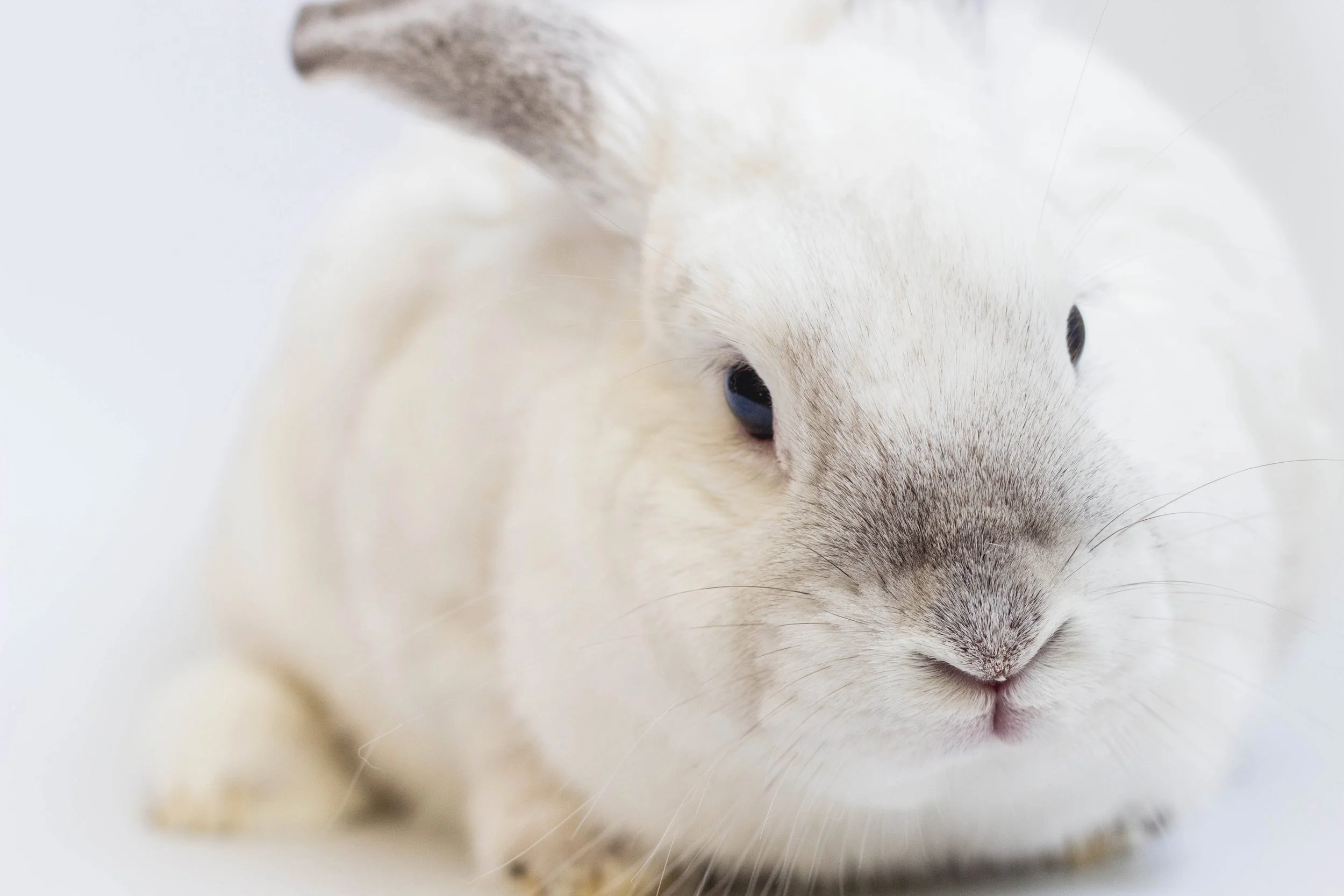













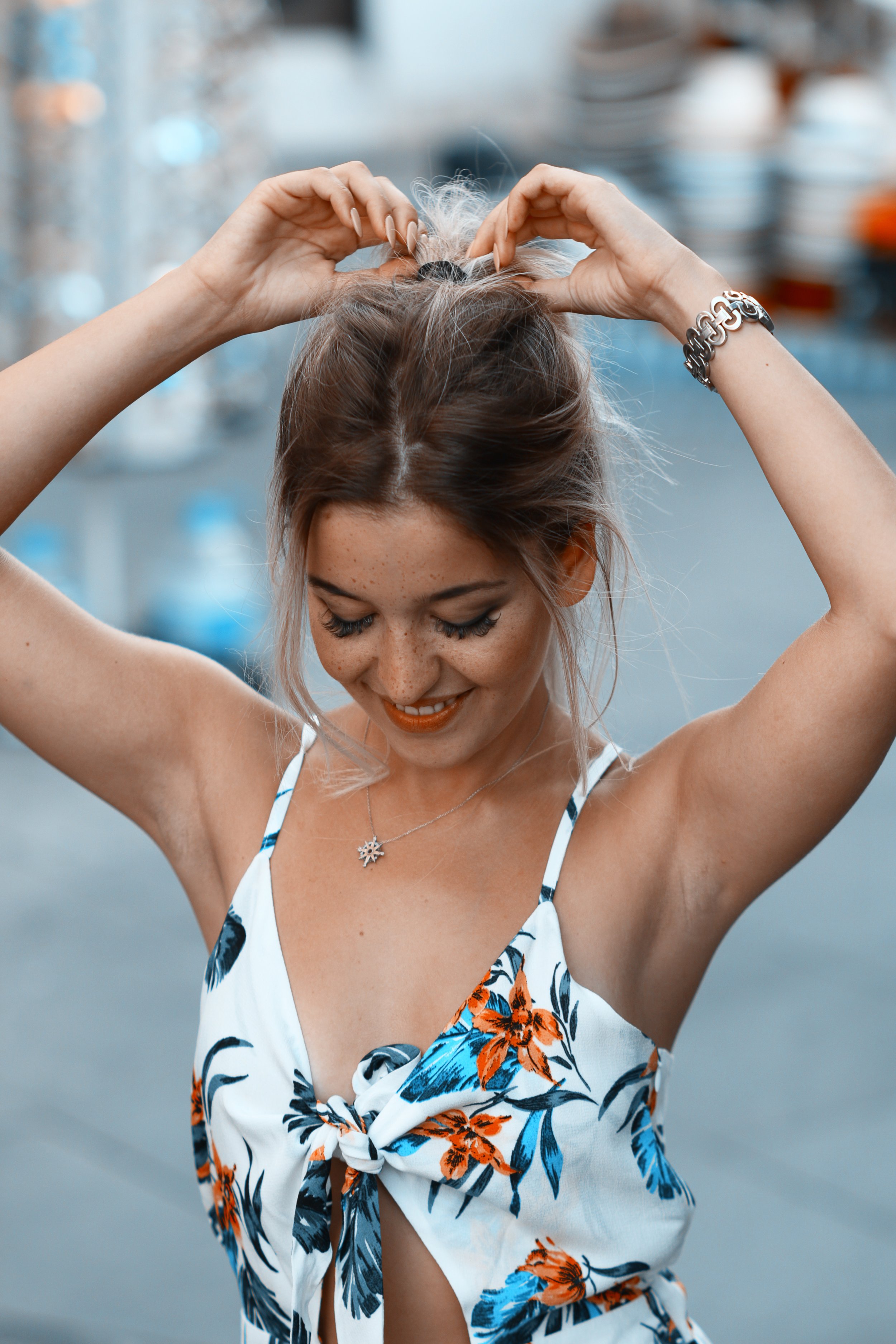























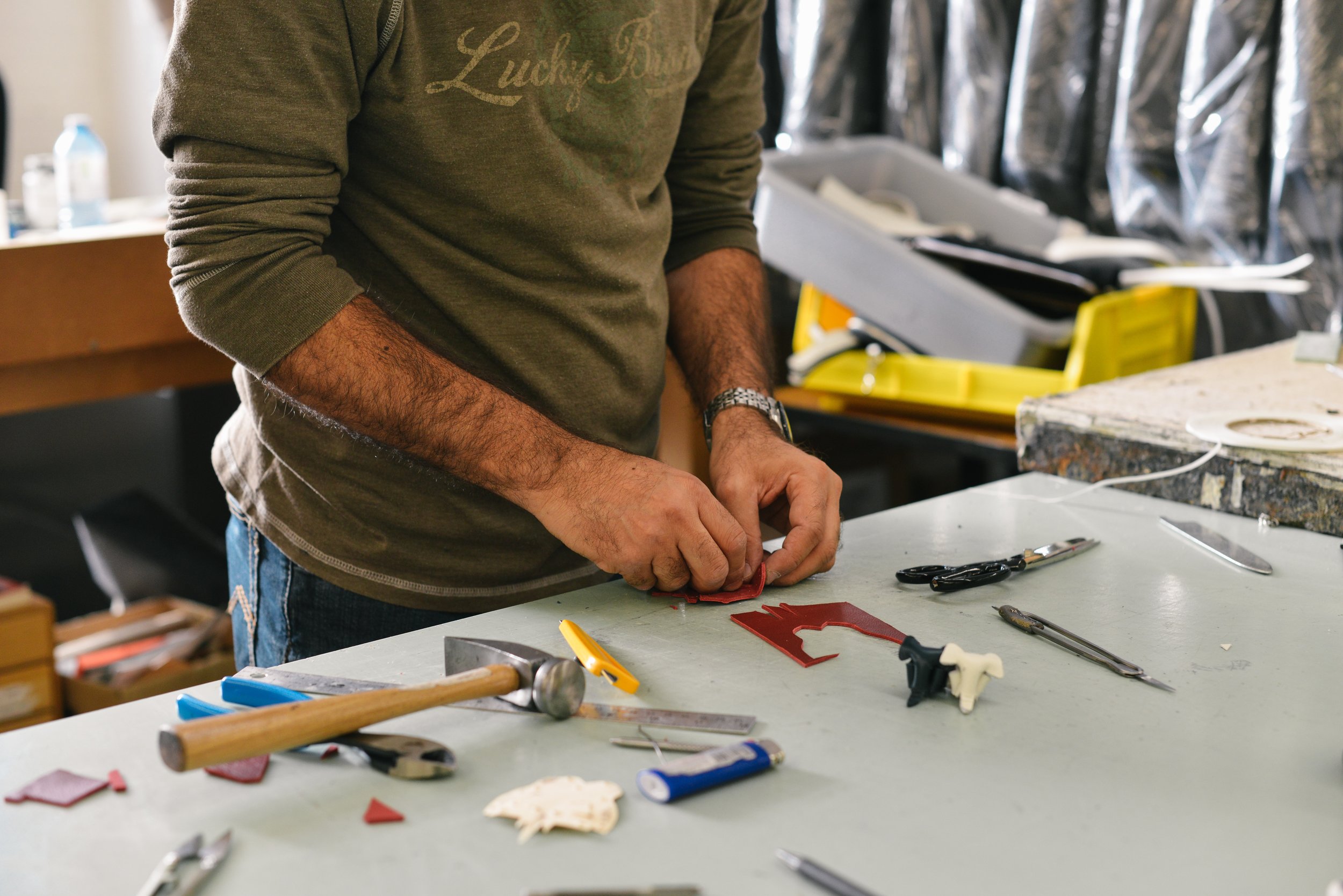




















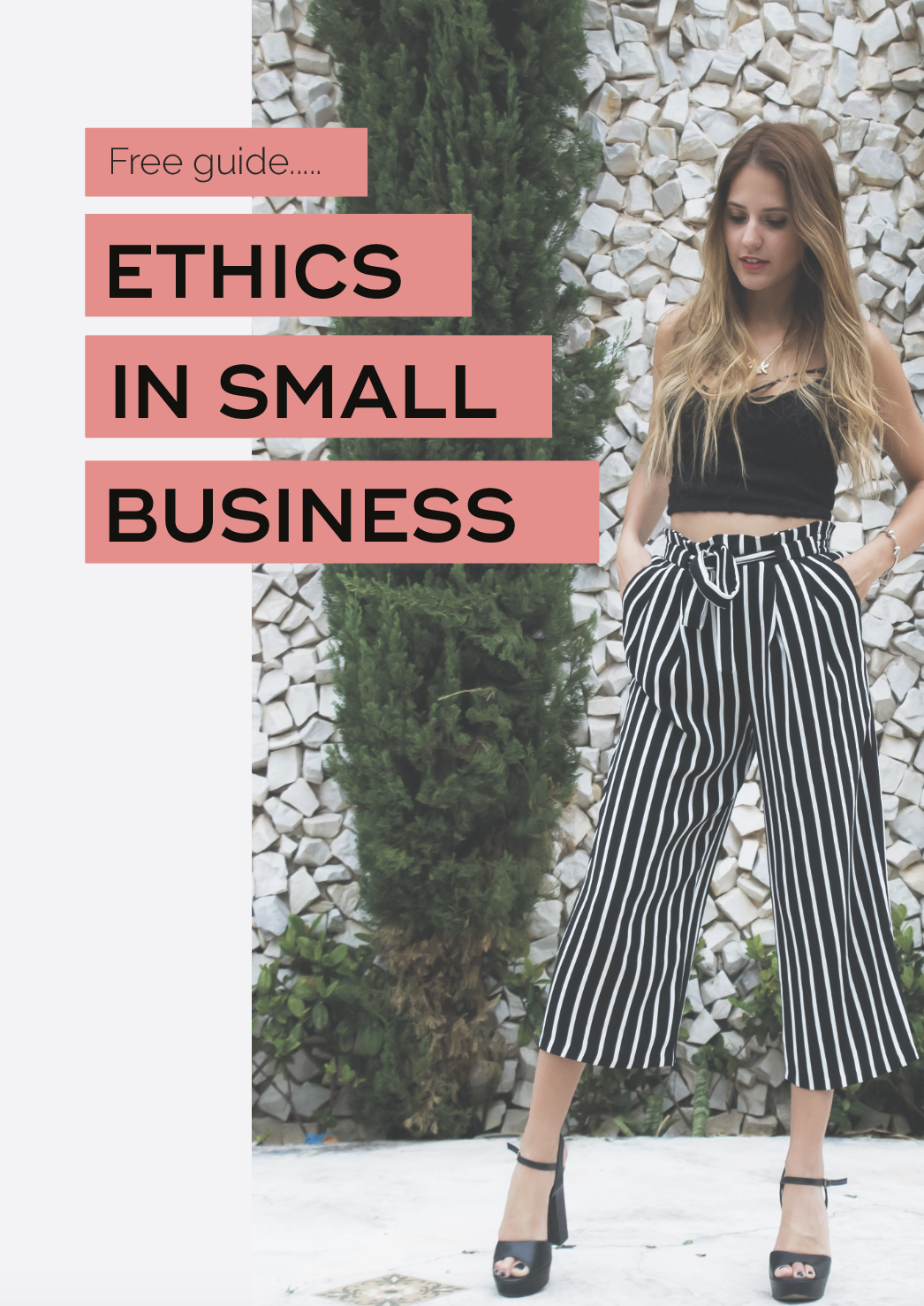
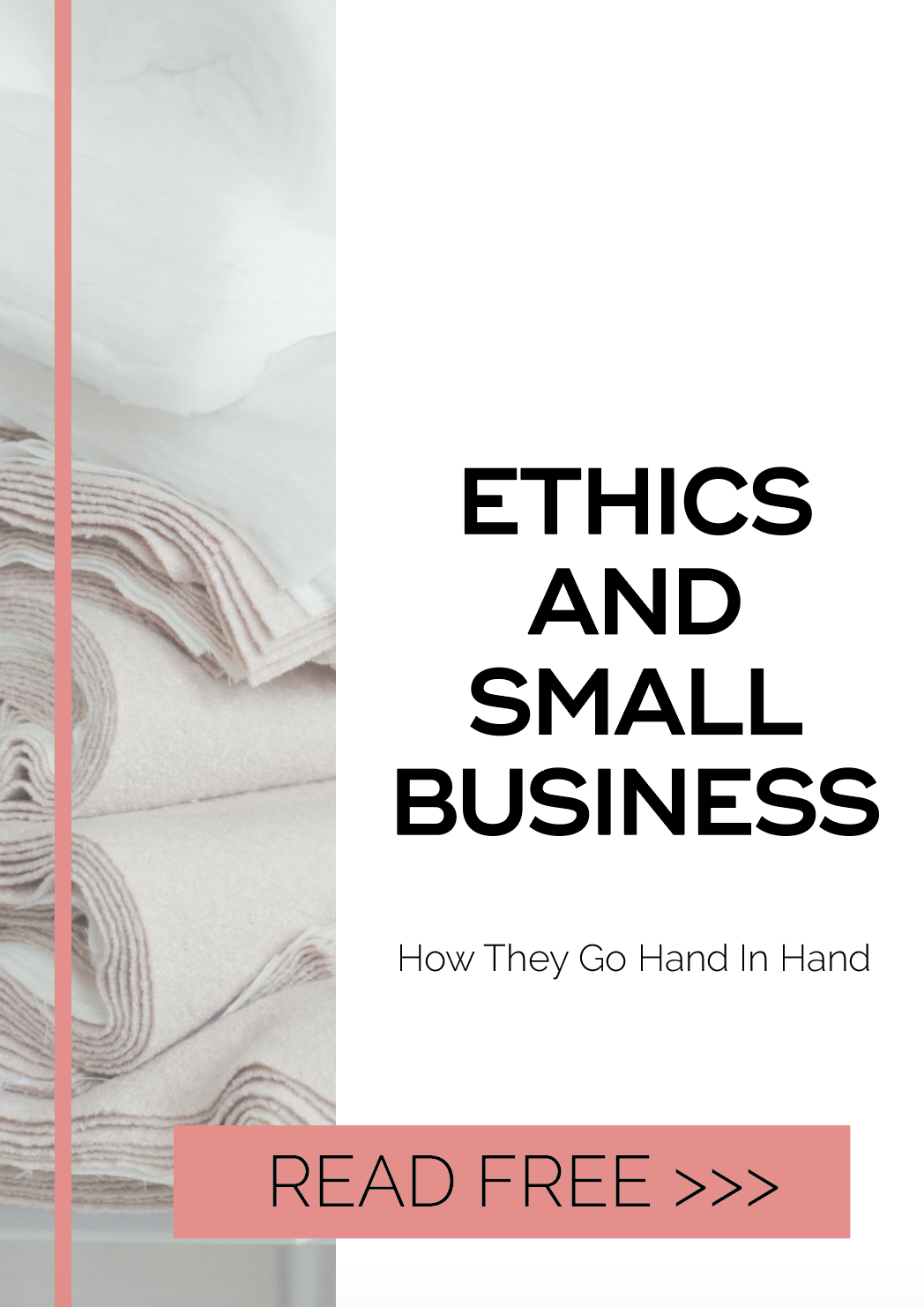
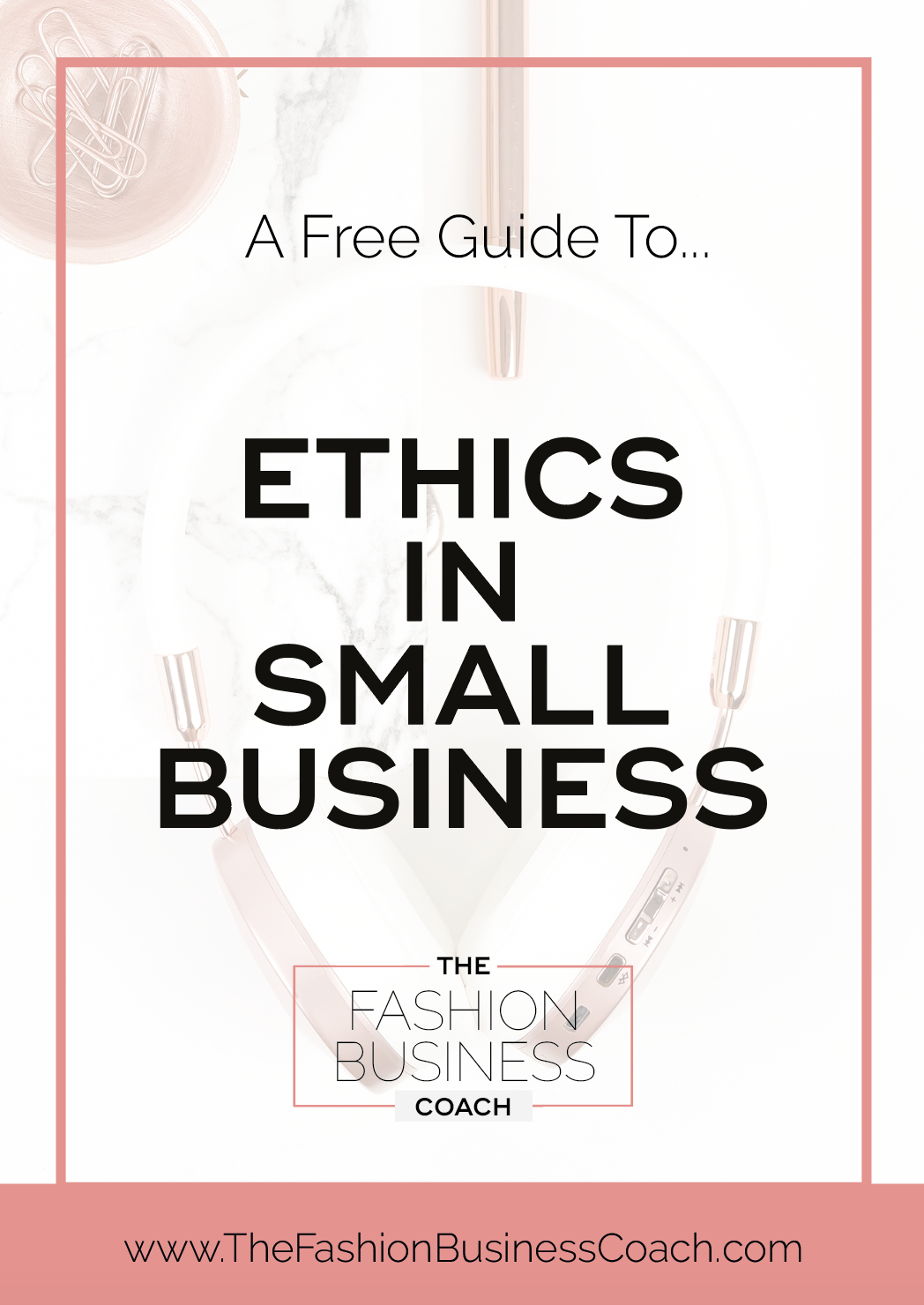
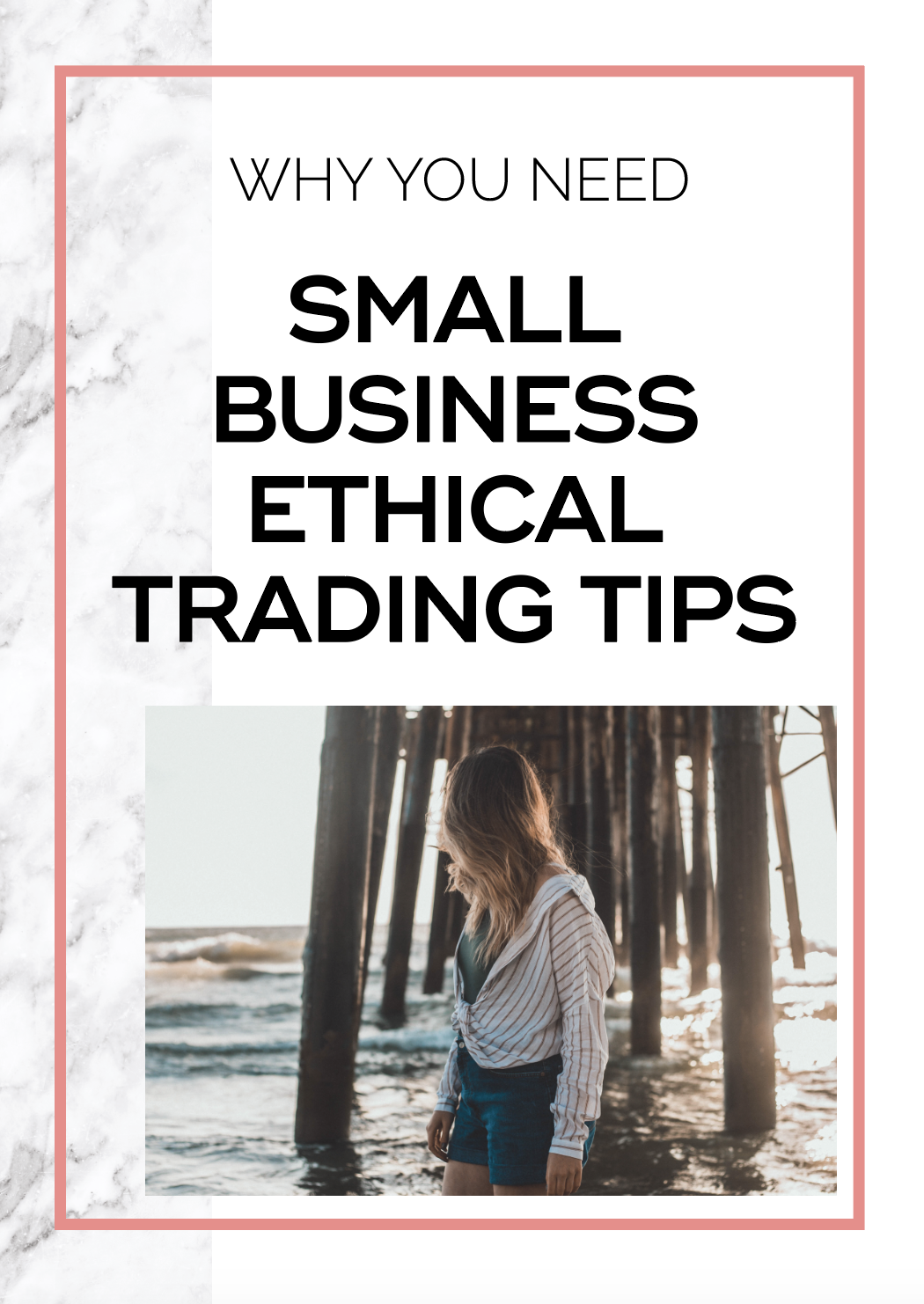
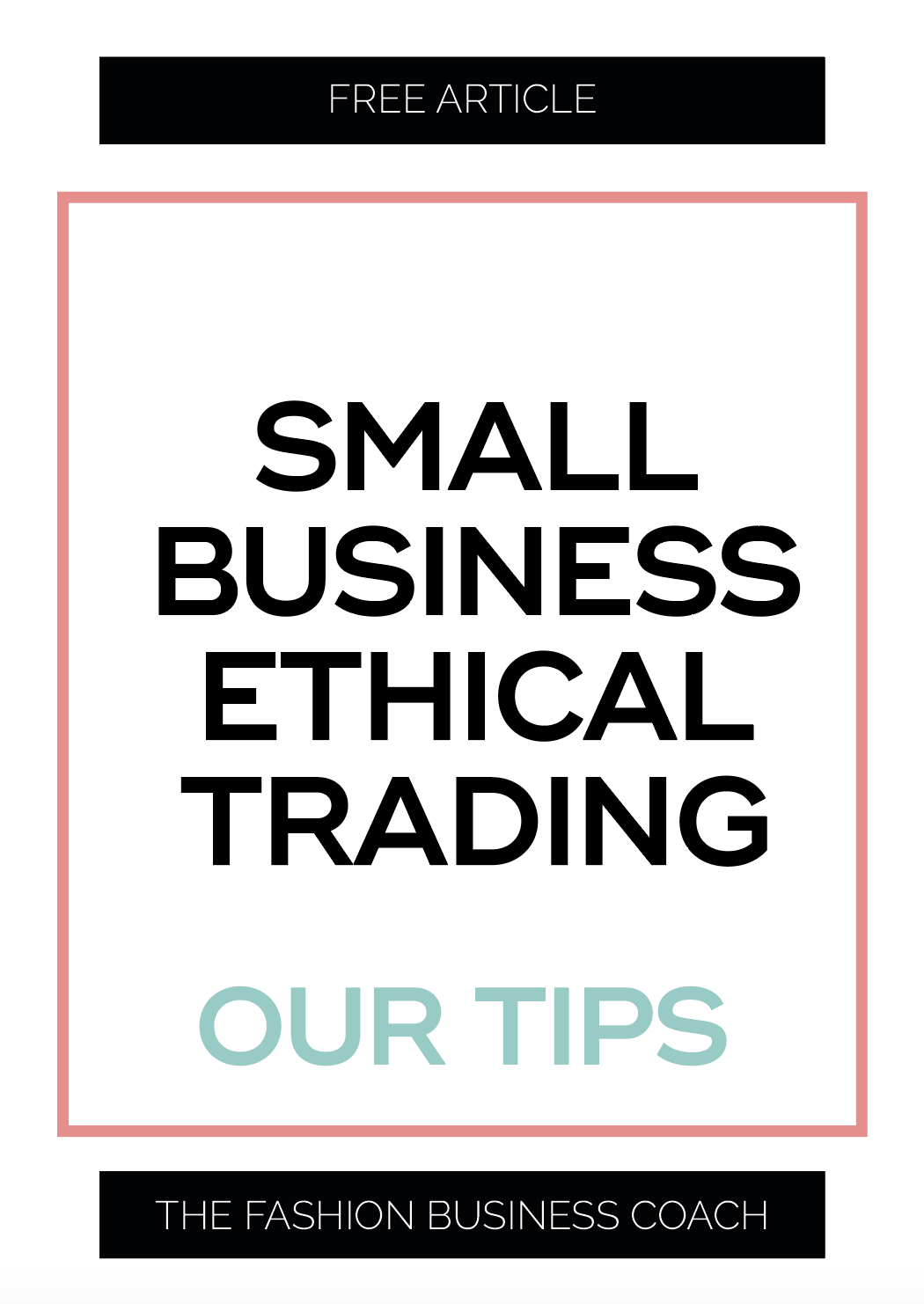
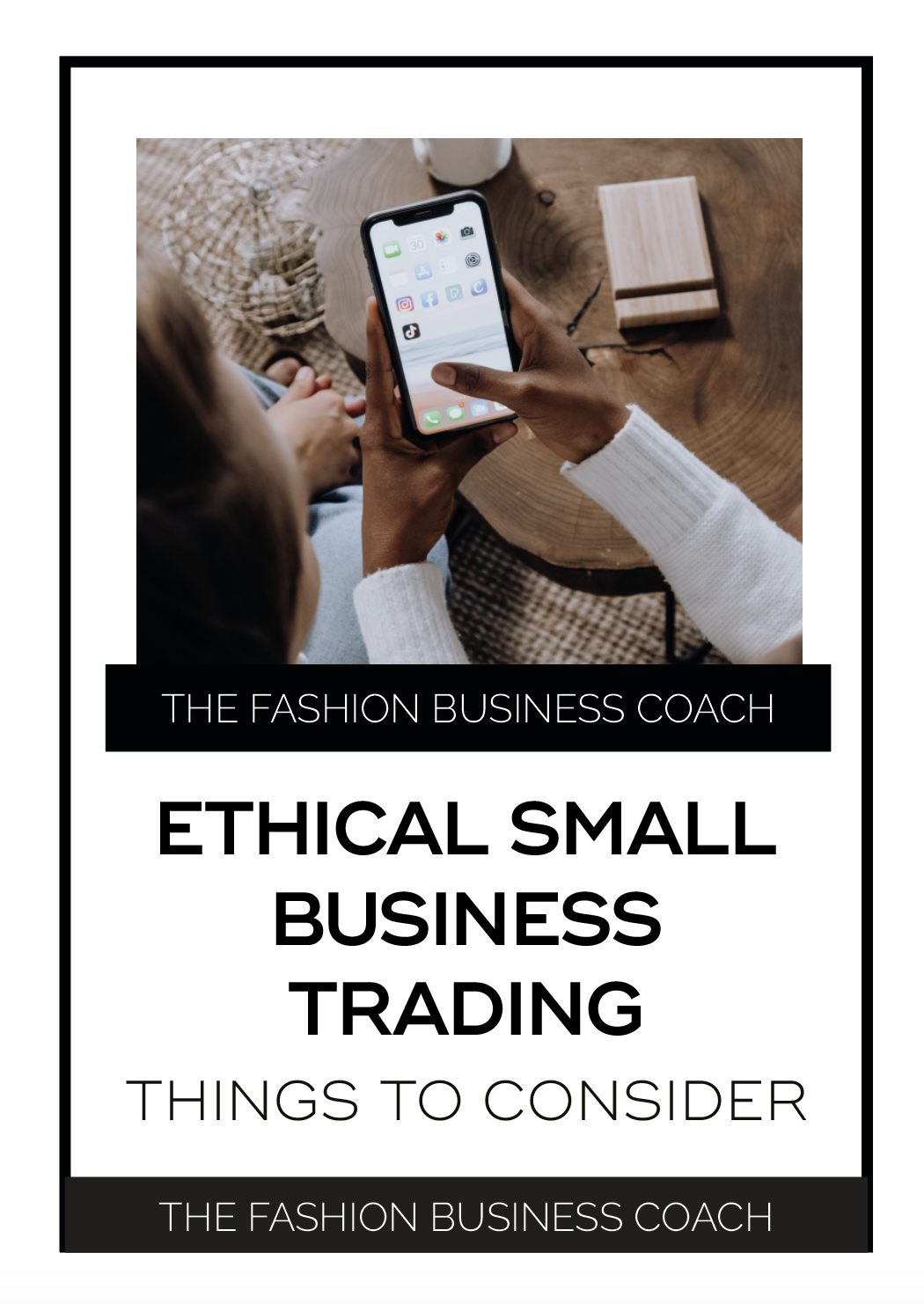
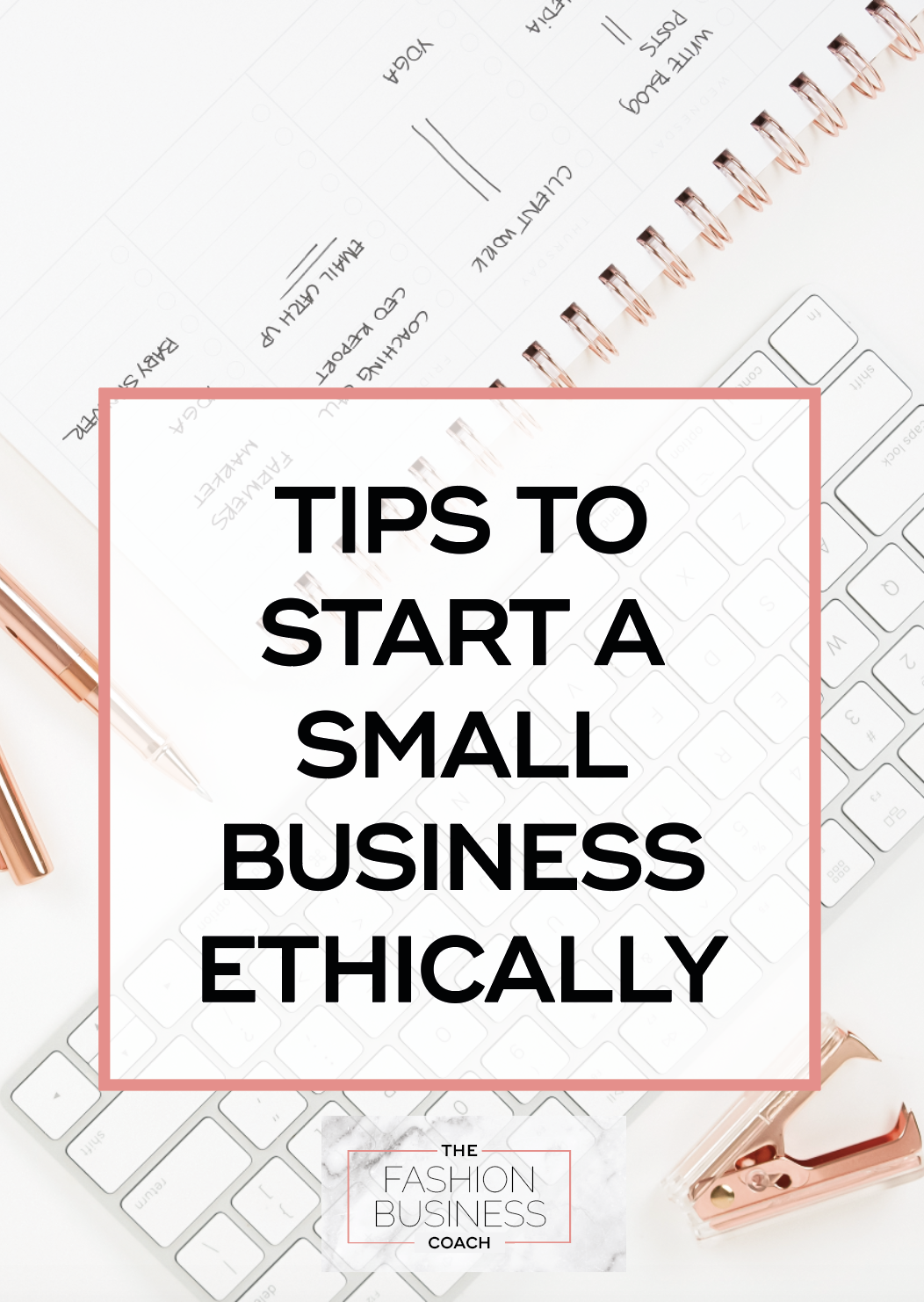
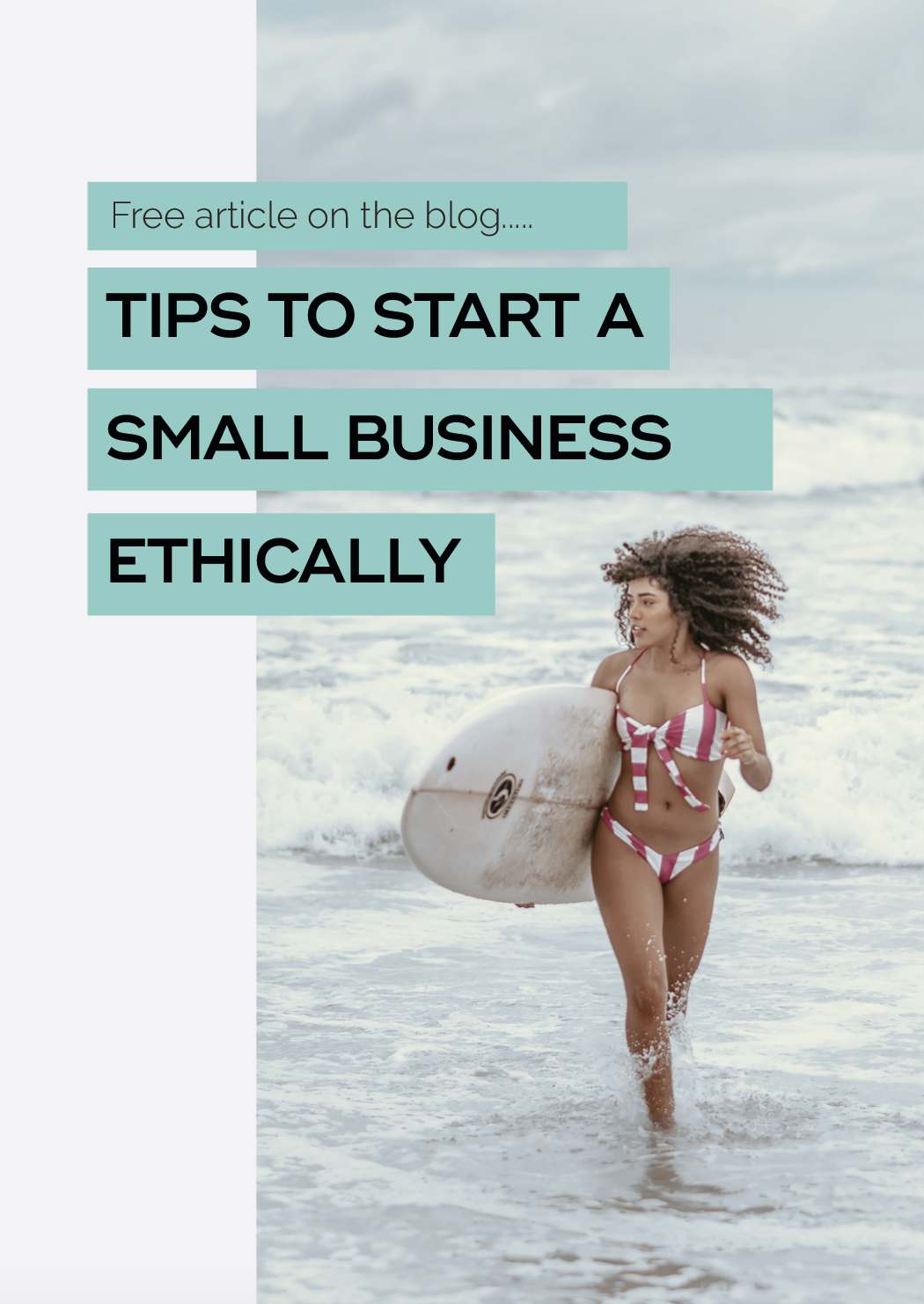
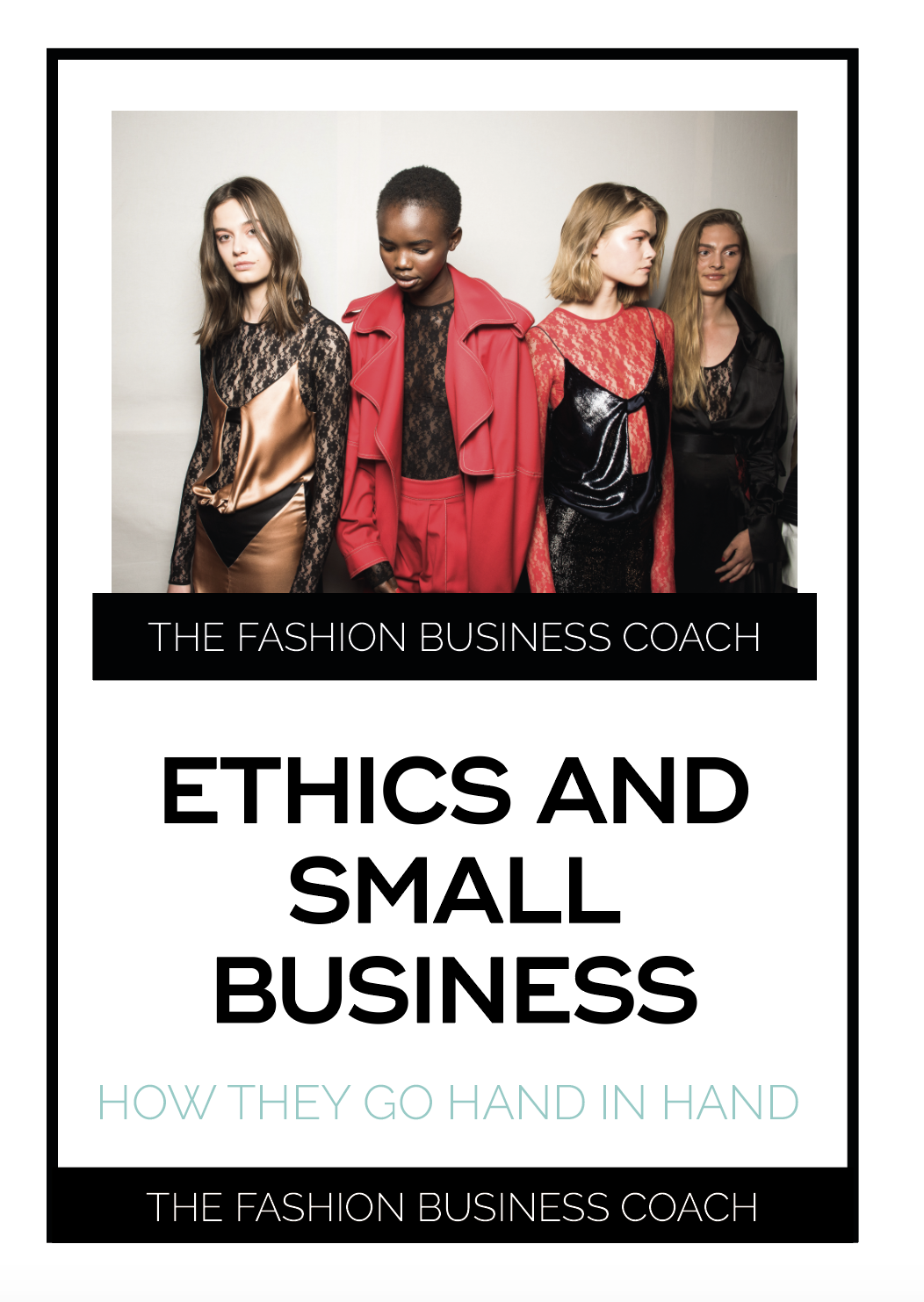

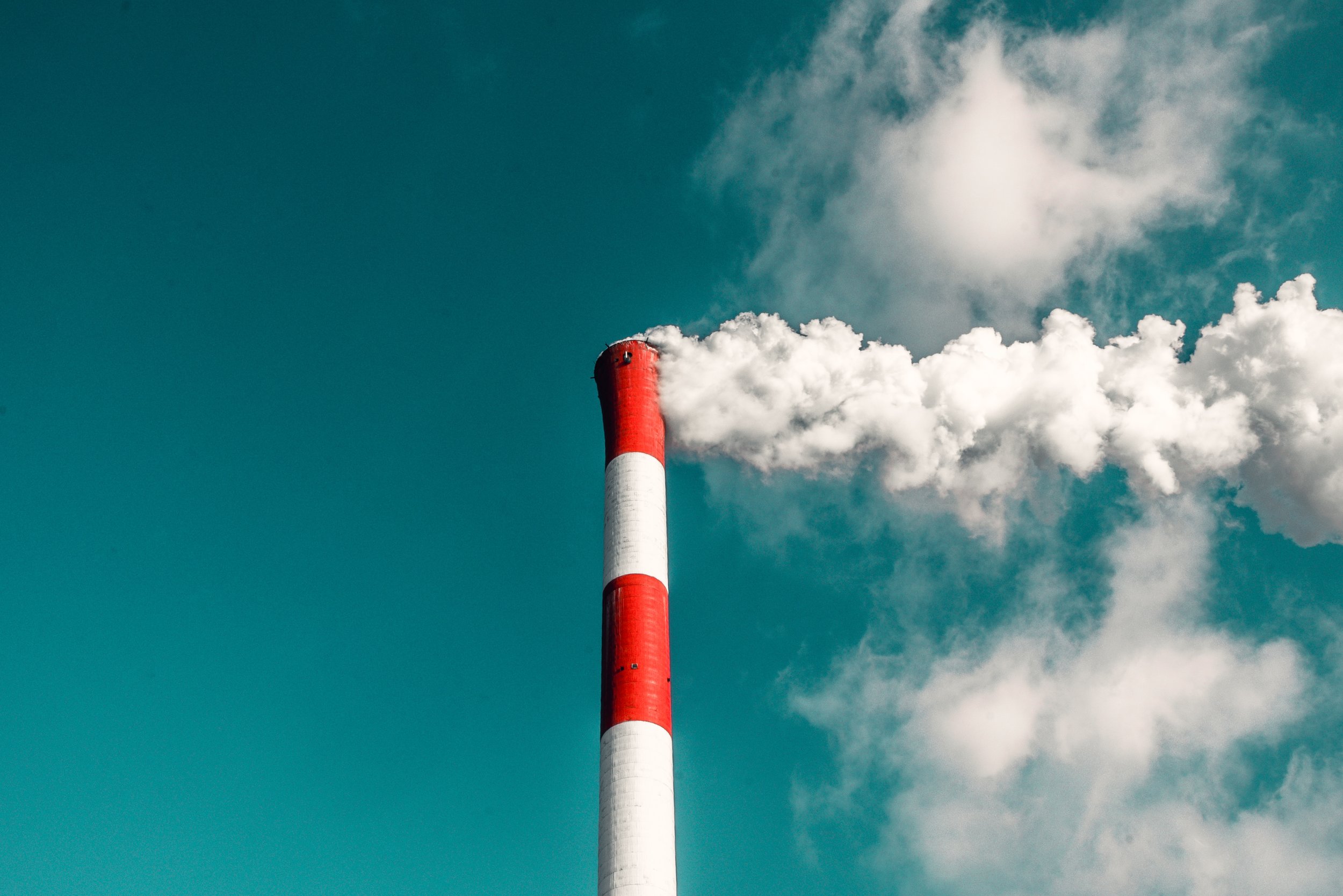














Pickleball outfit inspiration……